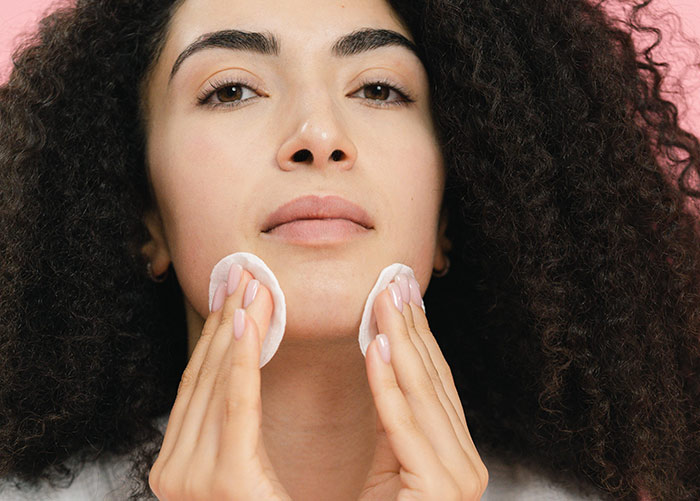

Posted by Dr. Litner and Dr. Solieman on February 21st, 2008
Skin quality and thickness is one of the most important factors in determining your final Rhinoplasty result. And it can also be one of the hardest to predict. When we perform Rhinoplasty, most of what we do involves altering the cartilage and bone that makes up the nasal skeleton. We shape the cartilage and bone in many ways to take on the new desired contour. During the healing period for many months after surgery, the skin and soft tissue that lays over this skeleton must contract inwards and ‘shrink wrap’ onto this altered framework for the desired changes to become noticeable. That’s why you don’t see real definition for weeks to months after surgery while the skin and soft tissue is swollen.
Most people have skin of moderate thickness. The thinner your skin, the faster and better it will contract. So, if you have very thin skin, you can expect over time that a lot of definition can be achieved. This has obvious advantages but may also have its disadvantages. Thin skin will allow for a high degree of refinement but any tiny irregularities or asymmetries may also show through. This can be especially true if you have thin skin and very strong prominent cartilage underneath. You can recognize this in someone whose entire tip cartilage outline can be seen easily through the skin. We may recommend in certain circumstances using a layer of material such as fascia or acellular dermis (Alloderm) during surgery as a thin cover and concealer to help smoothen out your final look.
At the other extreme is very thick skin. Thick skin readily conceals any tiny irregularities. However, it can be much more difficult to achieve the desired level of definition and refinement because sharp lines and angles can appear blunted under a thick cover. Sometimes it is just not possible in this scenario to achieve very sharply defined features. There are some things we can do to improve definition, though. If your skin is very thick and you want increased definition, we may use larger tip grafts or dorsal grafts (on the bridge) to compensate. We may also judiciously thin out the fatty tissue under the skin, especially at the tip, to achieve more refinement.
Another potential pitfall occurs when a thick-skinned nose must be reduced significantly in size. Thick skin tends not to contract as much or as quickly as we might like after surgery. If the nasal tip or bridge is reduced too much, the space in between the reduced nasal skeleton and the skin can fill in with scar tissue over time. The result can be a nose that may be somewhat smaller, but is amorphous in shape and poorly supported. It tends to look a little ‘blobby’ once healed and patients often end up unhappy because they wanted a small, refined nose instead of a small, unrefined one. To avoid this outcome, we will usually recommend reducing your nose a little more conservatively in this situation. Thick skin requires more support, so leaving a strong nasal framework is an especially good idea in this setting. A very nice and dramatic result can still be had and a moderately smaller, but refined, nose will tend to look much better for you. Sometimes we can push along the skin shrinkage with steroid injection and having you tape your skin at night for an extended period after surgery to achieve the optimal result. It’s important to keep in mind also that thicker-skinned patients will usually take longer to see the degree of refinement they want, sometimes up to 2 years or more after surgery.
The good news is that an experienced Rhinoplasty surgeon can get a good sense of your skin type, thickness, and quality during your assessment, and give you a very good idea of what results can be expected or achieved. Your skin thickness should also be taken into account during surgery when changes to your nasal framework are made. This will render post-operative healing more predictable.
If you have particular questions related to your skin thickness, feel free to post them and we’ll get back to you as soon as possible.

A bulbous nasal tip is one of the most common reasons for patients to seek rhinoplasty. A bulbous tip, often called a boxy tip,...

You often hear that it can take a year or longer after a nose job before you'll see the final result. Many of you may be...

We are often asked how long it takes to heal after a nose job. Patients are suitably concerned about when they can show up back...

ASK US ANY QUESTION

Sign Up For Our Newsletter
to Receive Special Offers!